#museum of nature
Text

2,300-Year-Old Plush Bird from the Altai Mountains of Siberia (c.400-300 BCE): crafted with a felt body and reindeer-fur stuffing, all of which remains intact
This artifact was sealed within the frozen barrows of Pazyryk, Siberia, for more than two millennia, where a unique microclimate enabled it to be preserved. The permafrost ice lense formation that runs below the barrows provided an insulating layer, preventing the soil from heating during the summer and allowing it to quickly freeze during the winter; these conditions produced a separate microclimate within the stone walls of the barrows themselves, thereby aiding in the preservation of the artifacts inside.
This is just one of the many well-preserved artifacts that have been found at Pazyryk. These artifacts are attributed to the Scythian/Altaic cultures.
Currently housed at the Hermitage Museum.
#archaeology#anthropology#history#artifact#artifacts#siberia#scythians#archeology#museum#amazing#interesting#stuffed animals#ancient history#prehistoric#crafting#felt art#art#prehistoric art#hermitage museum#human nature
45K notes
·
View notes
Text
and when i say "specimens" i don't mean taxidermied mounts made to look lifelike for exhibit, i'm talking about the thousands to millions of specimens lying in drawers and shelves like this:
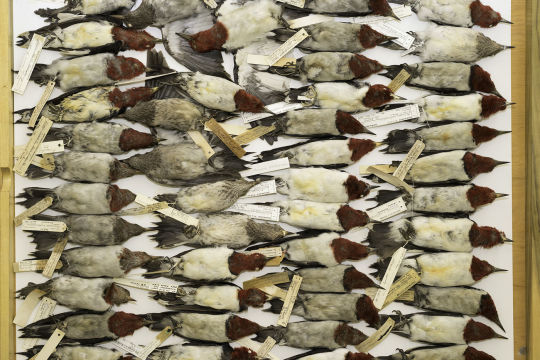

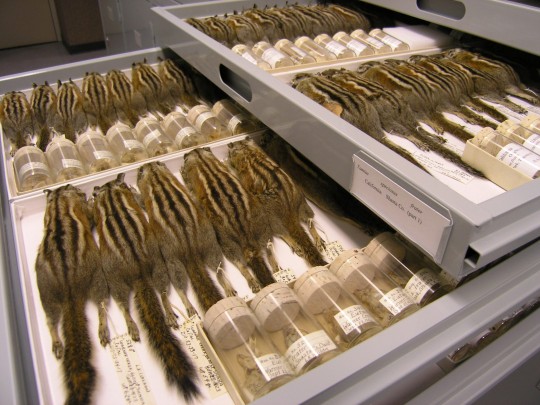
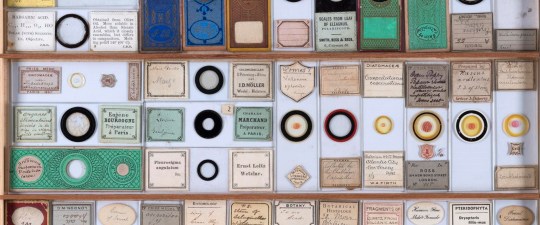
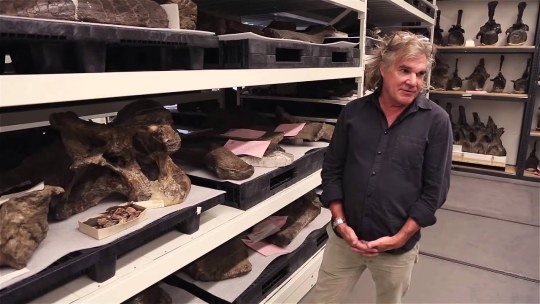
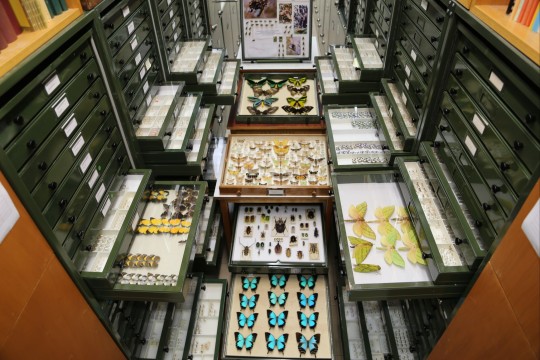
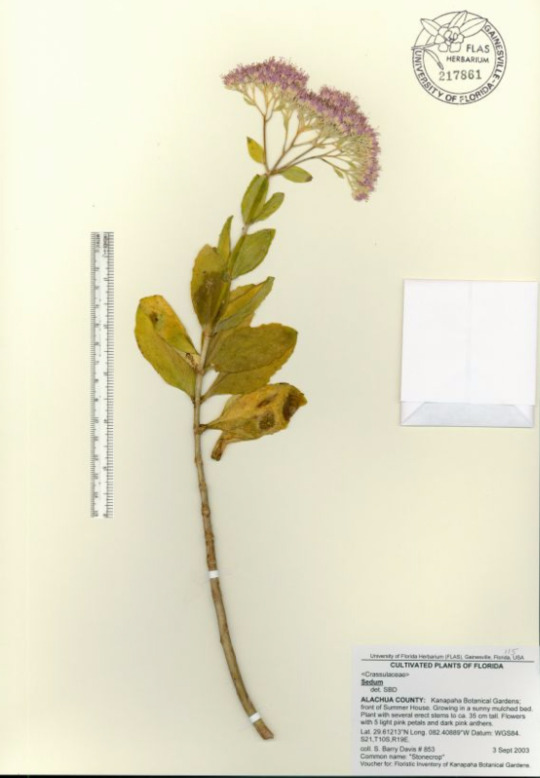


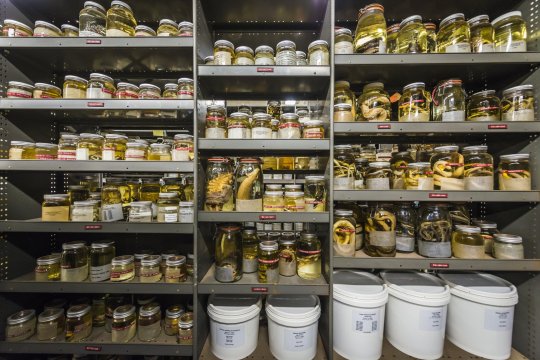
asking because i didn't know this until i was in high school. reblogs greatly appreciated, i want to reach as far out of science nerd tumblr as possible!
#science#biology#paleontology#botany#entomology#animals#birds#mammals#herpetology#microbiology#nature#museum#dark academia#vulture culture#throwing those last two in for good measure...#lab notebook
3K notes
·
View notes
Text
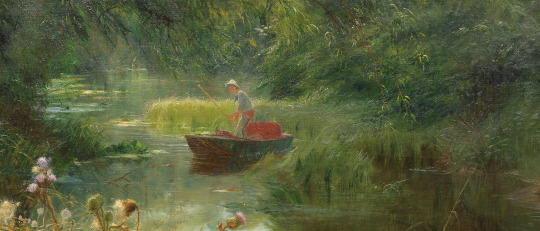

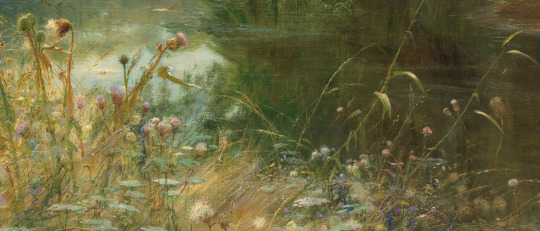
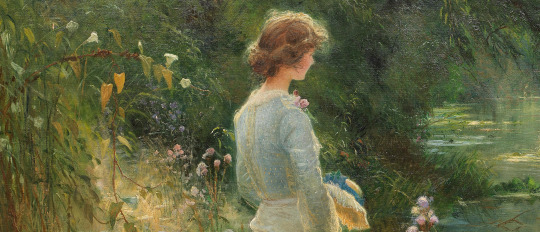
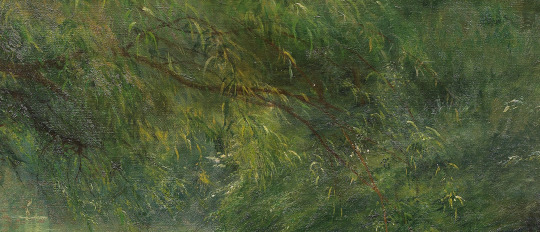

Details: The Backwater, Charles William Wyllie
#painting detail#paintings#oil painting#art history blog#art detail#museums#art#oil on canvas#art history#detail#landscape#nature#19th century art#classical art#forest#impressionism
7K notes
·
View notes
Text

They had a fun corner in the natural history museum in Bern about the taxidermy process, and they showed the effect the eyes have on how realistic or uh. disturbing. a mount is
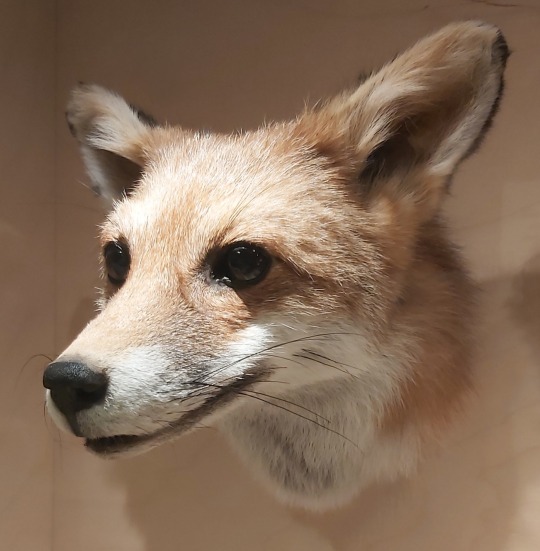
The first fox had all black eyes. Not super realistic for those who know red foxes usually have orange or greenish eyes, but still pretty cute

The second one had normal fox eyes. I think they could've gone with a size or two smaller, but still. Regular orange eyes with a vertical pupil as it should be. But then. Oh. Oh no.
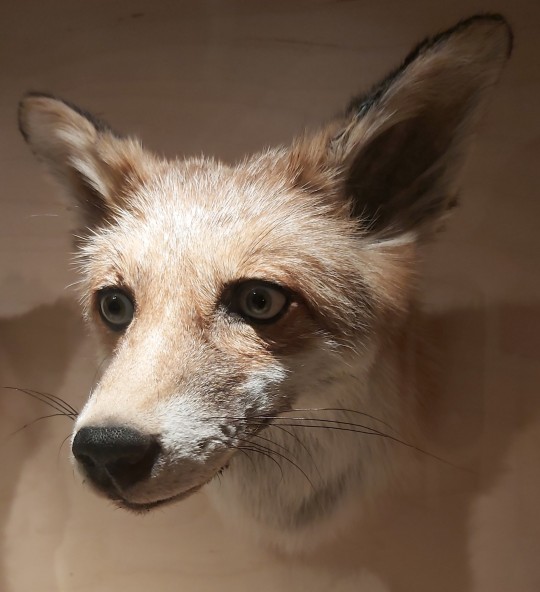
Human eyes 👁👁
2K notes
·
View notes
Text

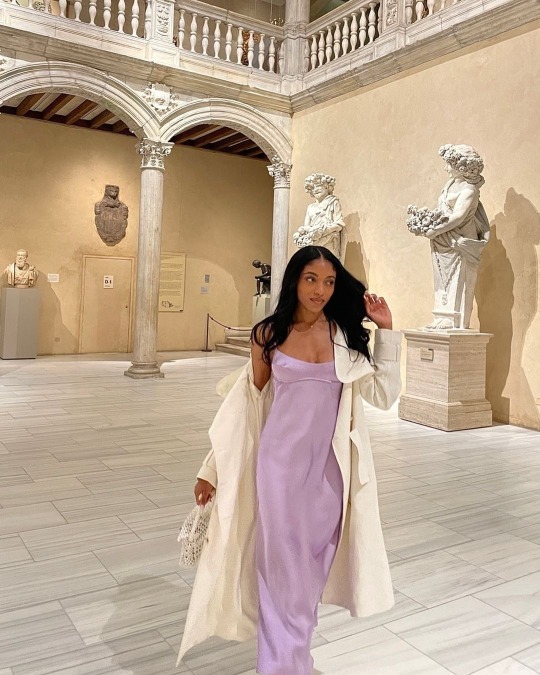
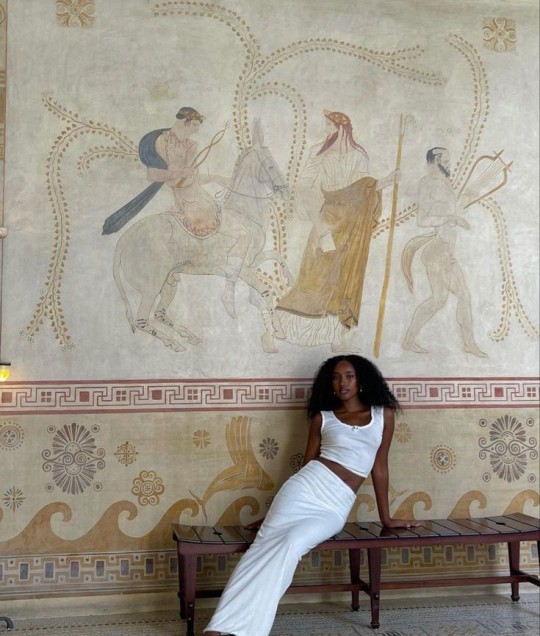


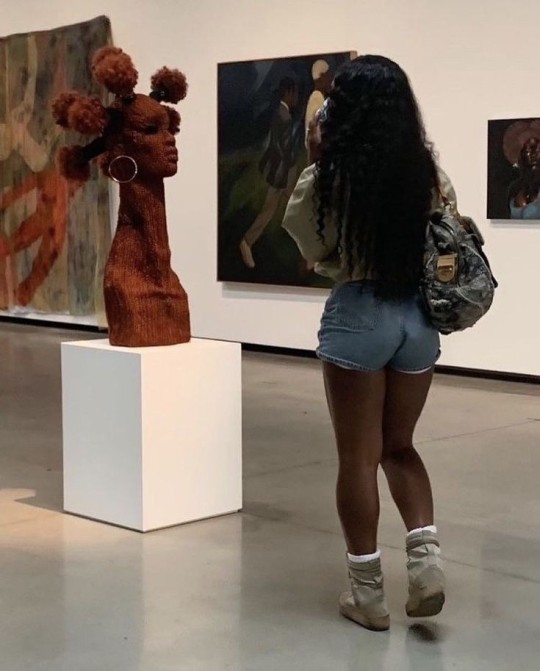
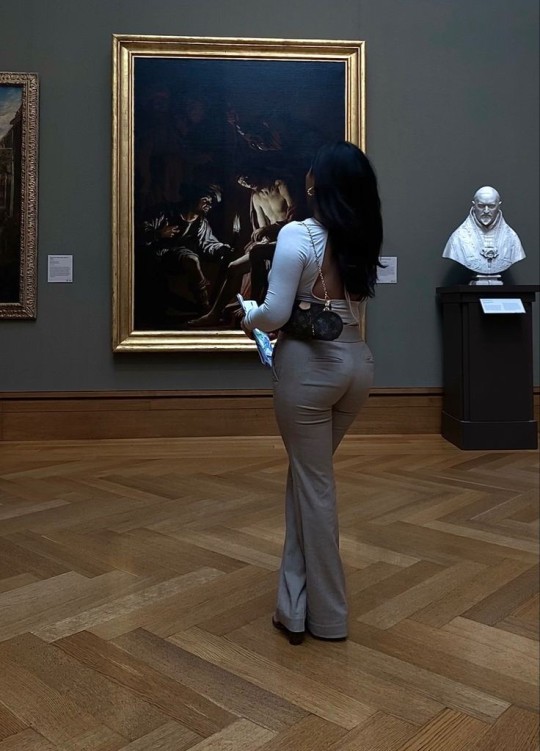
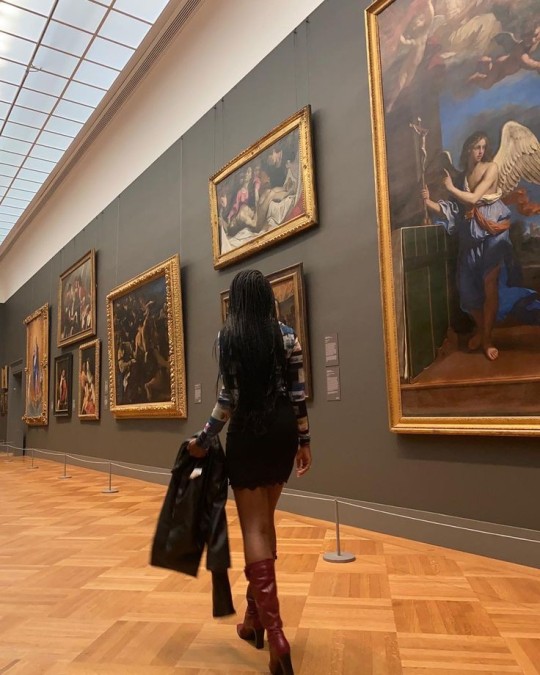
Museum Meet up | Melanin Adorned
#black women#melanin poppin#black tumblr#black girl moodboard#black girls#melanin#black women femininity#black women luxury#soft life#natural hair#museum
11K notes
·
View notes
Text
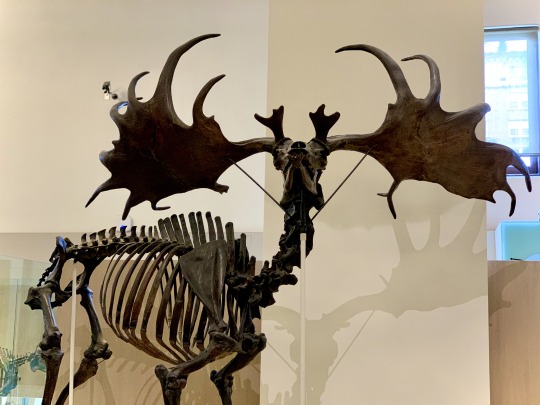
We’re celebrating Saint Patrick’s Day in a big way, with one of the largest known deer: the Irish Elk (Megaloceros giganteus)! It was originally discovered in bog deposits in Ireland. This megafauna could weigh up to 1,500 pounds (680 kg) and its antlers could reach an incredible 13-ft- (4-m-) spread. Once ranging from western Europe to China, this animal died out some 10,000 years ago. However, at least one population, living in Russia’s Ural Mountains, managed to survive until about 7,770 years ago, long after the end of the Pleistocene.
See the Irish Elk up close in the Museum’s Hall of Advanced Mammals! We’re open daily from 10 am-5:30 pm. Plan your visit.
Photo: © AMNH
#science#amnh#museum#fossil#natural history#nature#paleontology#megafauna#did you know#fact of the day#fun fact#saint patricks day#st patricks day#luck of the irish#deer#mammals
2K notes
·
View notes
Text
Today I visited one of the most interesting and peculiar homes I’ve ever had the chance to see.
Imagine this being your living/dining room:

And when you give guests a tour of the rest of the house, it’s like this:

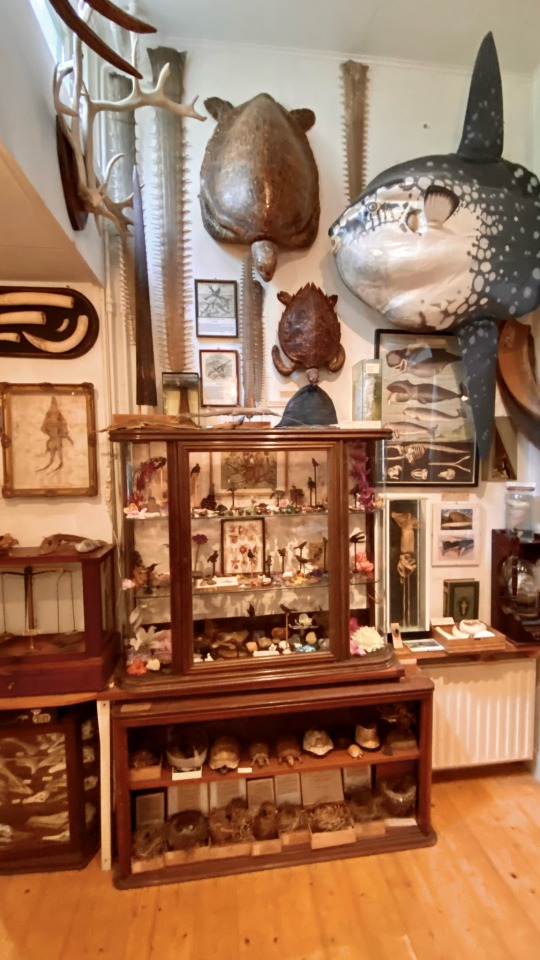
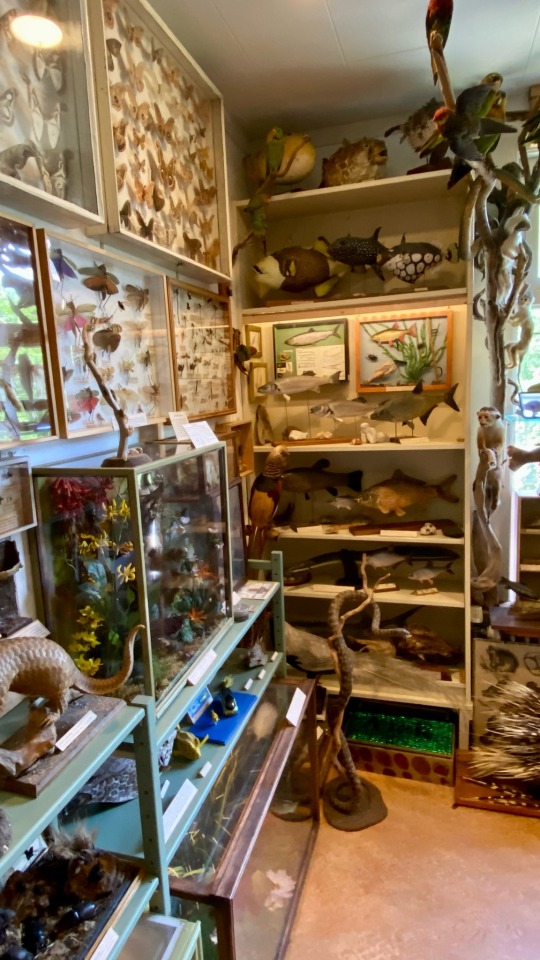
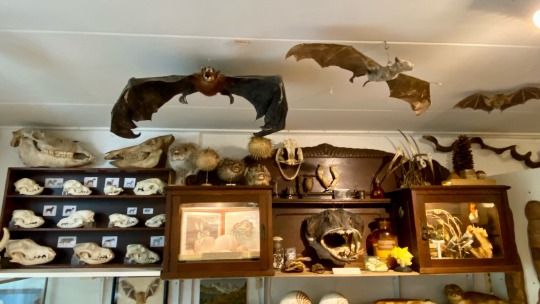
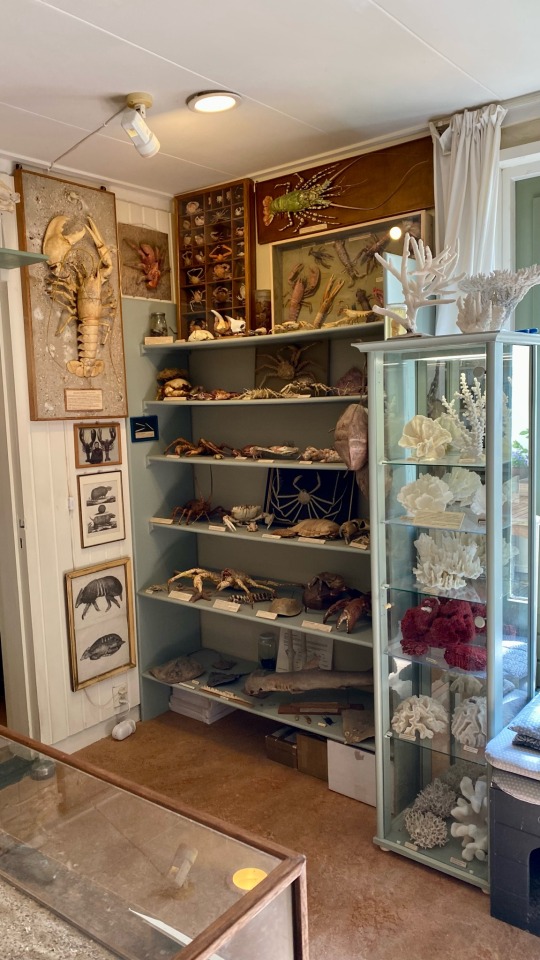

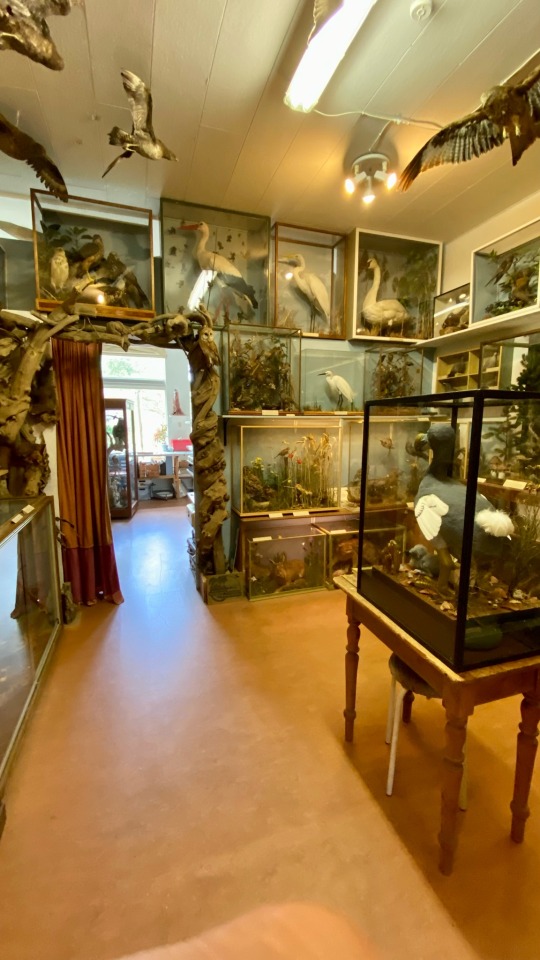
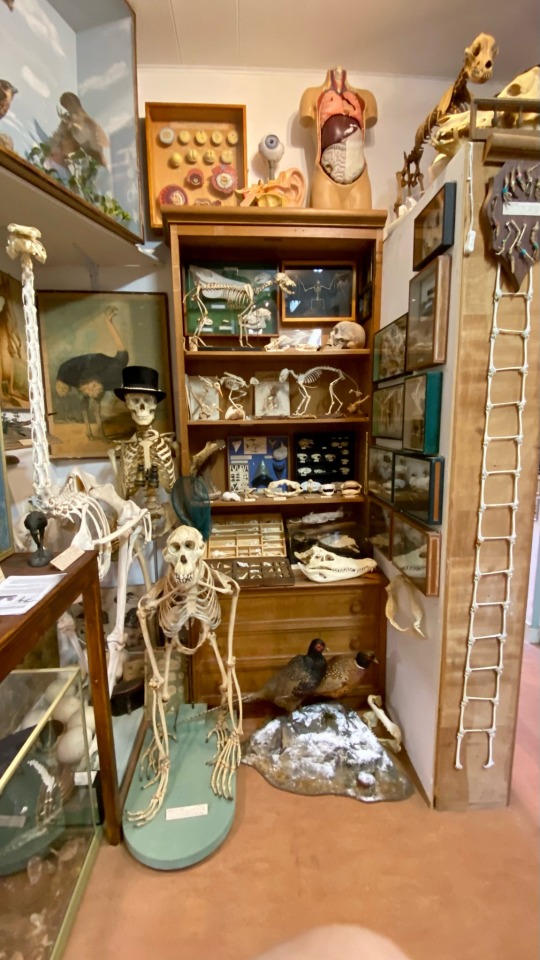
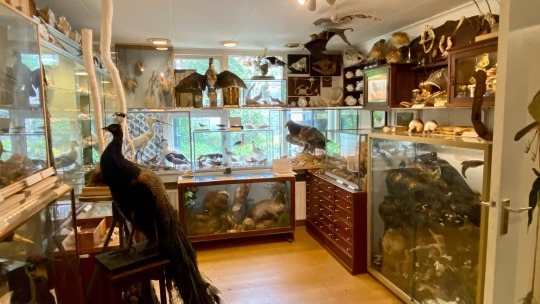
Talk about 60 years of special interest! The collector, Klaas Nanninga, does his own taxidermy, although he’s more specialised in creating displays these days. His house does not have fixed opening times, so you practically call him when in Groningen and ask if he’s around. Luckily for me he was!
#natuurmuseum groningen#klaas nanninga#this was soooooo impressive#vleermuis vakantie#it’s a bat’s life#natural history#museums#taxidermy
4K notes
·
View notes
Text
if you have lmk what was being shown
#I frequently cry in art museums#back in june I was at a van gogh exhibit and saw the paint ‘first steps’ in person for the first time#and had myself a cry#i saw a bunch of keith haring’s work and cried at the untitled paintings#it’s good to cry in public sometimes#I was going to have this be exclusively about art museums but I’ve also cried in a natural history museum before
1K notes
·
View notes
Text
Introducing The Skull Index
Hi all! Now that we are in the early launch phase of the project I’m really excited to share the Skull Index! This is a project a team of friends (led by @birbbones ) have been working on over the last several months; our goal is to provide a high quality free to use anatomy resource. This is meant to be used by anyone from scientists to artists to students. Feel free to check out the website, and if you’d like to stay up to date on the project join our Discord!
The Discord is 18+ for privacy and safety. We hope to see it become a hub for people who are either interested in or currently work in museums, education, and the natural sciences. It is of course open to anyone interested in and enthusiastic about the topic as well. And if you’re interested in collaborating on the project as a please feel free to contact us!
The website is a work in progress though we have a goal of completing it Q1 of 2024. Over 200 mammal species have been logged so far!
1K notes
·
View notes
Text

Natural history museums hold innumerable misidentified specimens on their shelves. These specimens make their way into databases like GBIF, and muddy data that is used in global-scale analyses and other research drawing on such records. Careful verification of all specimens in a collection holding tens to hundreds of thousands of specimens would be a Herculean task that could take a dozen experts a decade. So, we often rely on spot checks.
Whilst searching our constrictor collection to see if we have any albino snakes (we don’t seem to), I came across this snake that had been identified as a Boa constrictor. It is in fact Malayopython reticulatus, a reticulated python. A quick new label and an update in our database, and I was able to move it over to the right shelf. Now it won’t muddy the waters further, and is able to be referred to by anyone interested in examining a retic.
How many more such cases are haunting our shelves of over 14 million objects? And that’s just the Natural History Museum of Denmark; there are billions of objects in similar collections globally. This is quite literally an astronomically huge problem.
#snake#animals#museum#natural history museum#natural history#NHMD#ZMUC#So many people on FB have just commented on the picture without reading the caption#it is quite funny#but also I realised this was in the wrong place by a part of the body from several metres away#not exactly sure how this error got made#but ultimately it doesn’t matter anymore
962 notes
·
View notes
Text

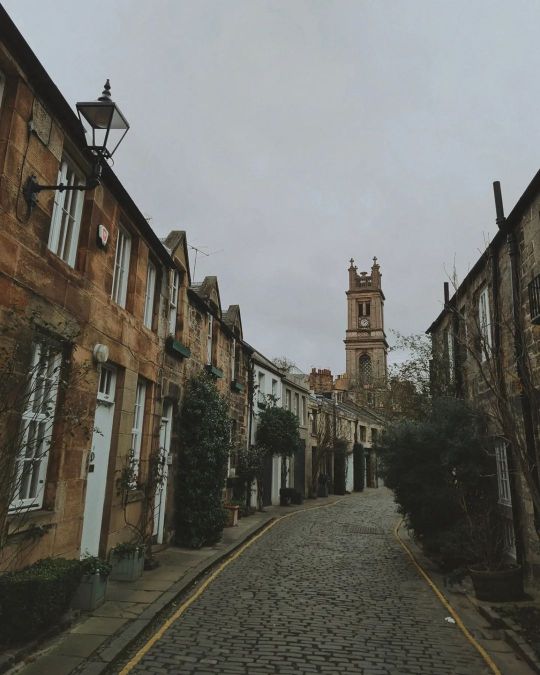
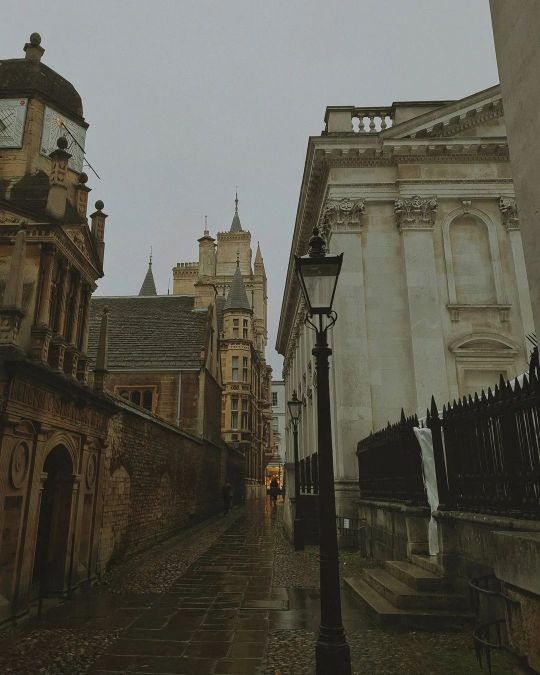



Instagram credit: co.nfused
#edinburgh#scotland#england#london#bath#uk#united kingdom#germany#bremen#natural history museum#dark academia#dark academic aesthetic#rainy city#beautiful architecture#beautiful places#cambridge
2K notes
·
View notes
Text
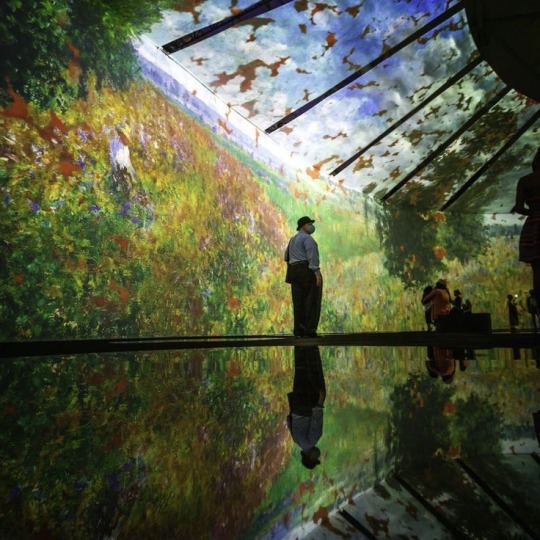
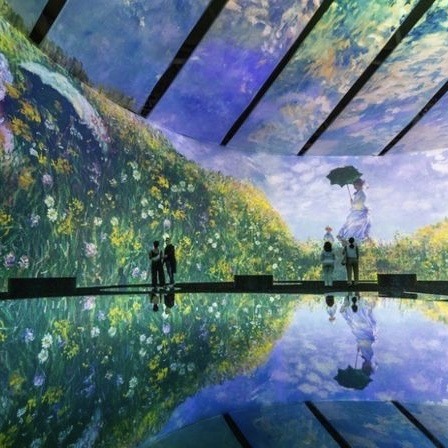
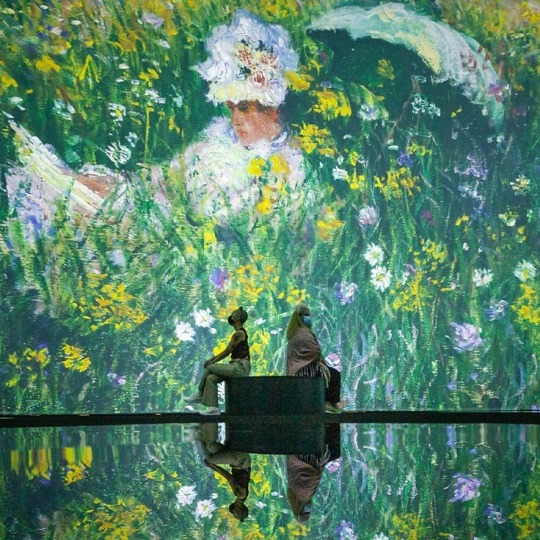
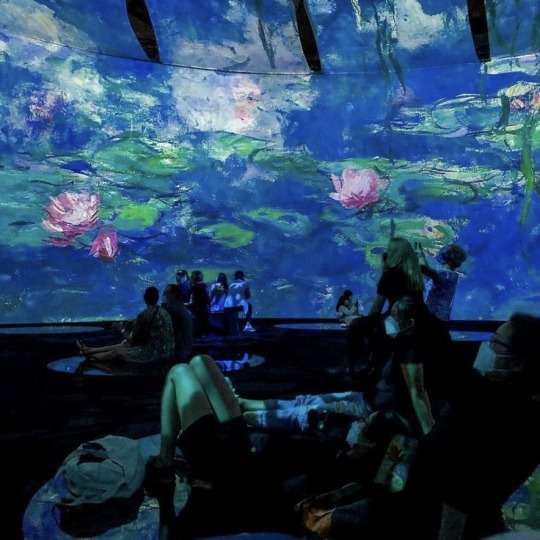
date idea; you and me in a immersive monet exhibition
#my god#it’s incredible <3#claude monet#immersive experience#exhibition#museum exhibitions#museums#cottagecore#nature#naturecore#flowers#flowercore#warmcore#art#artwork#vivid colors#museum date#light academia aesthetic#light academism#classic academia
7K notes
·
View notes
Photo
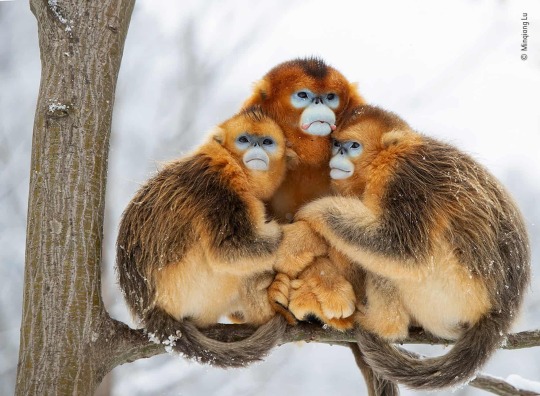
Two females and a male golden snub-nosed monkey huddle together to keep warm in the extreme winter cold. Threatened mainly by forest loss and fragmentation, this endangered species is confined to central China. One of the shortlisted 25 images in the running for the Wildlife Photographer of the Year People’s Choice award at the Natural History Museum
Photograph: Minqiang Lu/2022 Wildlife Photographer of the Year
#minqiang lu#photographer#wildlife photographer of the year#golden snub-nosed monkey#monkey#animal#mammal#wildlife#china#natural history museum#nature
1K notes
·
View notes
Text


Details from a floral still life by Karl d. Ä. Schweninger (Austrian, 1818—1887)
#Art#painting#classical art#nature#flowers#art detail#art history#historical art#painting detail#floral art#roses#birds#austrian art#art#wien museum#Karl Schweninger#19th century art
4K notes
·
View notes
Text
This is made of glass
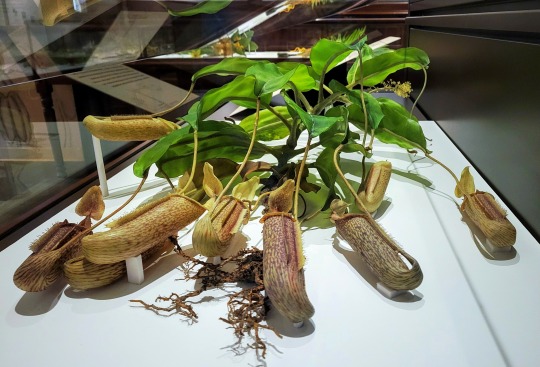

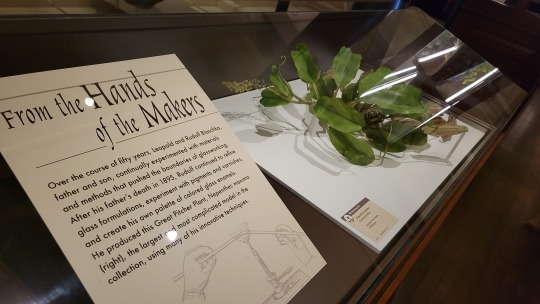
Blaschka Glass Models of Plants exhibit at the Harvard Museum of Natural History
IDs under the cut
From top to bottom, left to right:
[ID 1:
A photo of a large pitcher plant sculpture sitting in a case of glass and dark wood on a white background in a museum exhibit. The plant is photographed from below, so the plant's roots and bottom of the purple and yellow pitchers are in the foreground. The stems, leaves, and flowers are seen from below.
/end ID 1]
[ID 2:
A close-up photo of the leaves and pitchers, taken from above the pitchers.
/end ID 2]
[ID 3:
There are two signs to the left of the sculpture of the pitcher plant. The first and larger sign reads:
From the Hands of the Makers
Over the course of fifty years, Leopold and Rudolf Blaschka, father and son, continually experimented with materials and methods that pushed the boundaries of glassworking. After his father's death in 1895, Rudolf continued to refine glass formulations, experiment with pigments and varnishes, and create his own palette of colored glass enamels. He produced this Great Pitcher Plant, Nepenthes maxima (right), the largest and most complicated model in the collection, using many of his innovative techniques.
The smaller plaque identifies the artwork and reads:
Nepenthes maxima (Great Pitcher Plant)
Indonesia, New Guinea & Philippines
by Rudolf Blauschka, 1906
/end ID 3]
#how is this glass. how.#glass flowers#rudolf blauschka#art#glass art#nepenthes maxima#pitcher plants#carnivorous plants#harvard museum of natural history#cambridge ma#my photos#botany
763 notes
·
View notes
Text


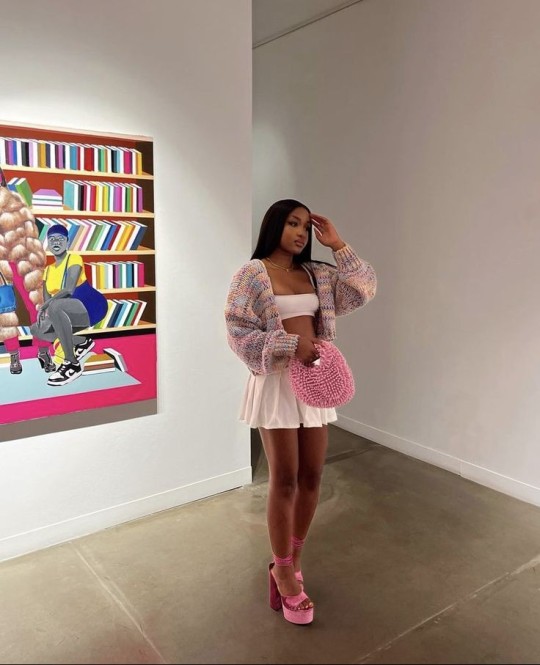
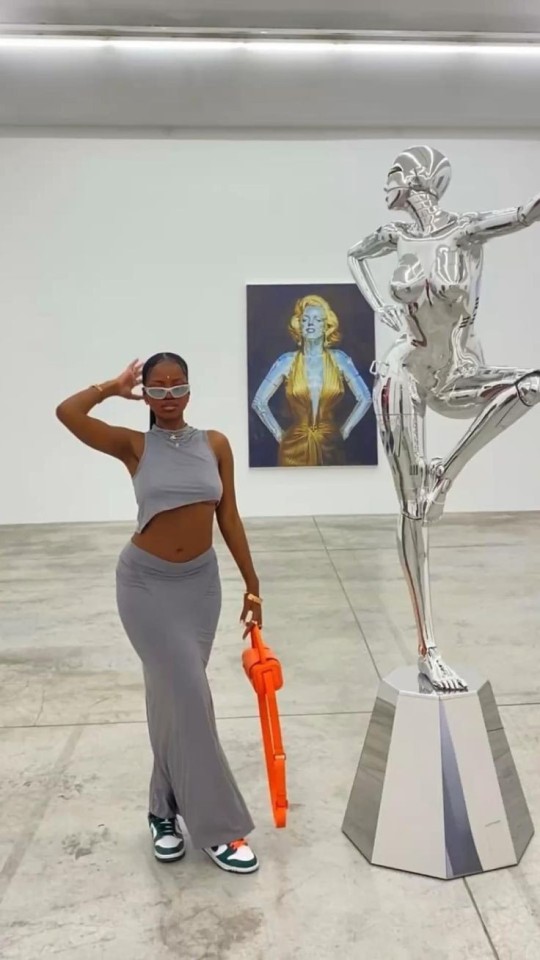
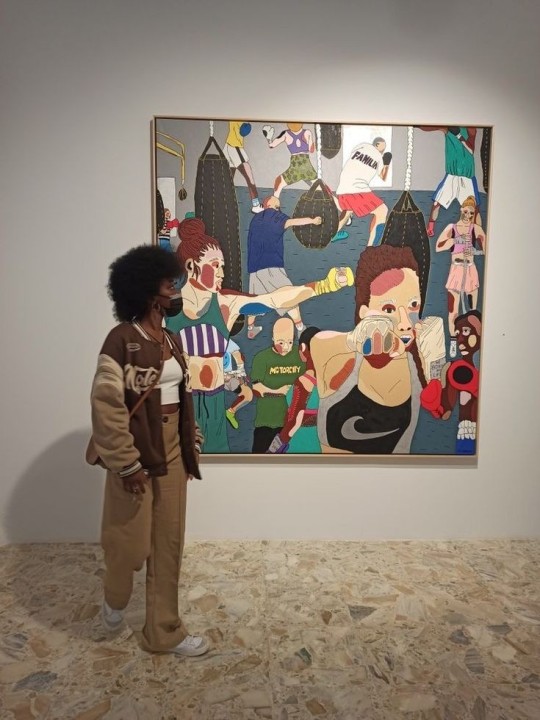
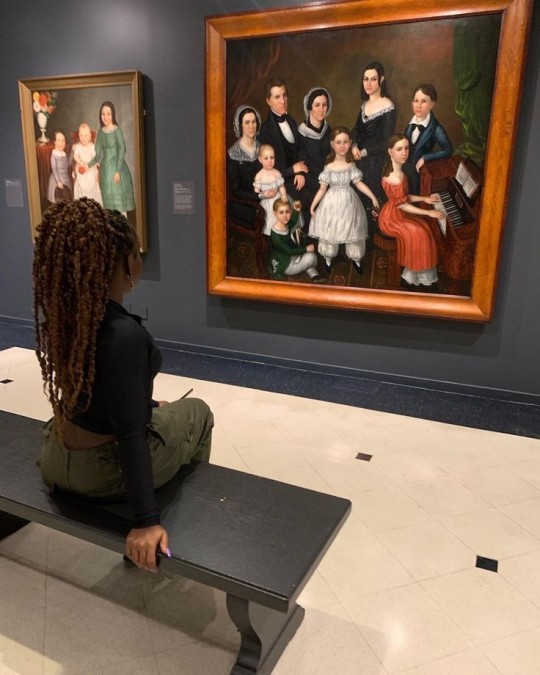
Museum Meetup | Melanin Adorned
#black women#melanin poppin#museum#black tumblr#black girl moodboard#black girls#melanin#black women femininity#black women luxury#natural hair
7K notes
·
View notes